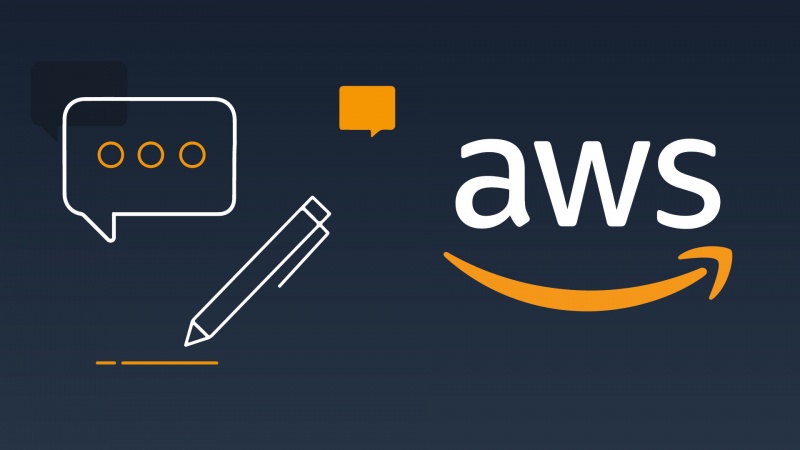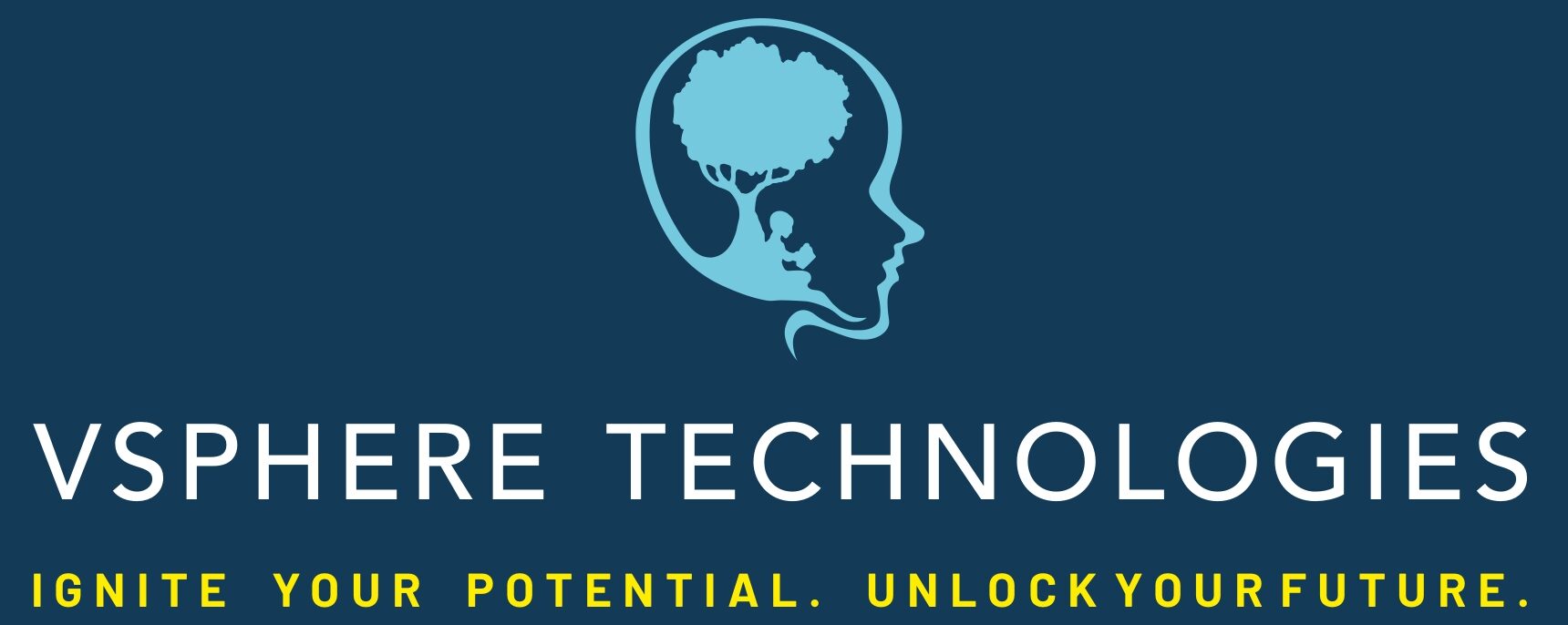
Syllabus for AWS Solution Architect
1.1 Overview of Cloud Computing
- Definition and characteristics of cloud computing
- Advantages of cloud computing over traditional IT infrastructure
- Introduction to Infrastructure as a Service (IaaS), Platform as a Service (PaaS), and Software as a Service (SaaS)
1.2 Introduction to Amazon Web Services (AWS)
- History and evolution of AWS
- Overview of AWS global infrastructure and regions
- AWS core services: Compute, Storage, Database, Networking, etc.
1.3 AWS Solutions Architect Role
- Responsibilities and key skills required
- Career paths and opportunities in AWS
- Real-world examples of successful AWS solutions
2.1 AWS Global Infrastructure
- Regions, Availability Zones, and Edge Locations
- Understanding the AWS Global Network
2.2 AWS Identity and Access Management (IAM)
- Managing users, groups, and roles
- Security best practices for IAM
- Role-based access control (RBAC)
2.3 AWS Compute Services
- EC2 (Elastic Compute Cloud) instances
- Auto Scaling and Elastic Load Balancing (ELB)
- Lambda for serverless computing
3.1 Amazon S3 (Simple Storage Service)
- Object storage fundamentals
- S3 storage classes and lifecycle policies
- Security and access control in S3
3.2 Amazon EBS (Elastic Block Store)
- Block storage fundamentals
- EBS volume types and use cases
- Snapshots and volume backups
3.3 Amazon Glacier and Storage Gateway
- Archive storage with Glacier
- Integrating on-premises storage with Storage Gateway
4.1 Amazon RDS (Relational Database Service)
- Managed relational databases: MySQL, PostgreSQL, SQL Server, etc.
- Multi-AZ deployments and read replicas
- Aurora: AWS's proprietary database engine
4.2 Amazon DynamoDB
- NoSQL database fundamentals
- DynamoDB data model and partitioning
- Designing scalable and high-performance applications with DynamoDB
4.3 Other Database Services
- Amazon Redshift for data warehousing
- Amazon Neptune for graph databases
- Amazon DocumentDB for document databases
5.1 Amazon VPC (Virtual Private Cloud)
- VPC fundamentals: subnets, route tables, internet gateways
- Network ACLs and security groups
- VPC peering and VPN connections
5.2 Amazon CloudFront
- Content delivery network (CDN) fundamentals
- Configuring CloudFront distributions
- Integrating CloudFront with other AWS services
5.3 Amazon Route 53
- Domain Name System (DNS) fundamentals
- Route 53 routing policies and health checks
- DNS failover and latency-based routing
6.1 AWS Security Best Practices
- Shared responsibility model
- Data encryption at rest and in transit
- Security monitoring and logging with AWS CloudTrail and CloudWatch
6.2 AWS Compliance Programs
- Overview of compliance standards: PCI DSS, HIPAA, GDPR, etc.
- Implementing compliance controls in AWS environments
- AWS Artifact for accessing compliance reports and agreements
6.3 Real-Time Scenario: Designing Secure and Compliant AWS Solutions
- Architecting solutions that meet specific security and compliance requirements
- Implementing encryption, access controls, and monitoring mechanisms
7.1 AWS Scalability Concepts
- Horizontal vs. vertical scaling
- Scalable architecture patterns: load balancing, caching, sharding
7.2 High Availability Architectures
- Designing fault-tolerant applications
- Multi-region architectures and disaster recovery
7.3 Real-Time Scenario: Designing Highly Scalable and Available AWS Solutions
- Architecting solutions for high traffic and demanding workloads
- Implementing auto-scaling, fault tolerance, and disaster recovery strategies
8.1 AWS Cost Management
- Understanding AWS pricing models: On-Demand, Reserved Instances, Spot Instances
- Cost allocation tags and cost explorer
8.2 Cost Optimization Strategies
- Right-sizing instances and services
- Optimizing storage costs
- Leveraging AWS Trusted Advisor and Cost Explorer
8.3 Real-Time Scenario: Optimizing AWS Costs for a Business
- Analyzing cost patterns and identifying optimization opportunities
- Implementing cost-saving measures without compromising performance or reliability
9.1 AWS Migration Strategies
- Lift-and-shift migration
- Re-platforming and re-factoring
- Hybrid cloud architectures
9.2 AWS Migration Tools and Services
- AWS Migration Hub
- AWS Database Migration Service (DMS)
- AWS Server Migration Service (SMS)
9.3 Real-Time Scenario: Planning and Executing an AWS Migration
- Assessing current infrastructure and workloads
- Developing a migration plan and timeline
- Executing the migration with minimal downtime and risk
10.1 DevOps Practices and Principles
- Continuous integration and continuous deployment (CI/CD)
- Infrastructure as code (IaC) with AWS CloudFormation
- Configuration management with AWS OpsWorks and Systems Manager
10.2 AWS Developer Tools
- AWS CodeCommit, CodeBuild, CodeDeploy, and CodePipeline
- Integrating AWS Developer Tools with popular CI/CD platforms
10.3 Real-Time Scenario: Implementing DevOps Practices in AWS Environments
- Setting up automated build, test, and deployment pipelines
- Managing infrastructure as code and automating deployment processes
Invest in your future, enroll today, and become a AWS expert!
+ 91 86600 39835
CALL ANYTIME OUR TO EXPERTS


We’re Certified IT Experts.
Get to Know more About Course
Key features of the programs are
- 60+ hours of course duration
- Industry expert faculties
- Completed 150 + batches
- List Free demo classes #1
- List Item #Free counseling and certification guidance
- 100% job assurance.

We created a syllabus that aligns with industry standards and caters to both beginning and experienced learners.
Our Program Benefits
VSPHERE Technologies
- Gain comprehensive knowledge and skills with our 60+ hour course duration.
- Learn from seasoned professionals with real-world experience.
- Over 150 batches have successfully completed our programs and secured jobs.
- Get a feel for our approach with free demo classes.
- We provide free counseling and certification guidance to help you shape your career path.
- Get 100% job assistance to kickstart your dream career (Terms and Conditions apply).




